Bring your perspectives on how to "Describe Life" to the 4th annual event on TaxonWorks, its community, and the broader world of biodiversity informatics
What
Our 4th TaxonWorks Together event (24 - 26 October 2023). Join us for 3 days of activities centered around building the TaxonWorks community, highlighting what's new, what's changed, and what is on the horizon. Some activities will be highly guided, some information style, and some unconference style. These activities are open events and Your feedback and contributions will make a difference. Learn from those using TaxonWorks in their taxonomic and digitization workflows. See demos of powerful new ways to query and update data and new interfaces for managing biological associations, i.e. ways to explore and extend digital specimens. See examples of community-building around complex goals of curating data on some of the World's most hyper-diverse taxa. Hear about TaxonWorks' companions, software, people, and data that extend the core functionality and use of the software. For example TaxonPages is a new open-source code base that produces, well, taxon pages, see how its producing well over 100k pages for the Species File Group. Get the broader perspective at special sessions that move beyond TaxonWorks to look at the role of taxon pages and how the practices behind taxonomic descriptions and biodiversity informatics might evolve.Hear about where TaxonWorks can be improved, and what the challenges behind those improvements are.
As always, we invite new audiences to join us to gather insights for tailoring future directions.
Expect lots of opportunities to ask questions, meet others, and to contribute the conversation.
When
24 - 26th October 2023
- See Schedule.
- Here already? Please add your event idea for TWTogether 2023 (click "New Issue").
- Can't wait to participate? If you want to share a longer perspective at TWT 2023 on the role of taxon pages or how the process of taxonomic circumscription might evolve propose it to us! See Contact us.
- Now! Plan your 3-minutes 1 slide presentation. Each day an open session where you can emphasize what's important to your biodiversity informatics world, whether TaxonWorks related or not.
How
All sessions virtual (Zoom) and free to attend. Registration is required. Space may be limited.
Take the first step and register for free with your email which sends you your Zoom link.
Post ideas, requests, questions for our event sessions.
If you would like to present your insights or ideas on a given topic about TaxonWorks let us know we'll add you to the list
Group notes doc for TaxonWorks Together 2023
Do more
New to TaxonWorks? Learn about TaxonWorks features and functions via the TaxonWorks YouTube videos and visit the online documentation.
Discover TaxonWorks in a sandbox now. It's ready-to-use, no software installation needed, Request sandbox account.
Not required, but recommended. A GitHub account will help you better participate in many aspects of the community and help you get recognition for the work and expertise you contribute.
If you are software developer and you want to hack TaxonWorks itself, please start reading install_taxonworks. You Don't Need To Install TW locally to use it. (See number 2 above).
Got data in TaxonWorks already? Looking to experiment to see what your TaxonPages will look like? Try installing this software "locally" (on your computer) to find out. (You will need to install Node on your machine, and git, there’s a link in the above instructions). You can also "see" other sites, if their API is open, look here: https://sandcastle.taxonworks.org/api/v1.
Who
Taxonomists, students, ecologists, curators, collection managers, software developers, biodiversity information scientists, para-taxonomists. If you have questions about TaxonWorks this is a great time to ask them. If you have a vision to share, this is the place. Whether you are very familiar with TaxonWorks or new to our community, all are welcome.
Speakers
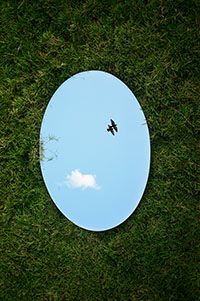


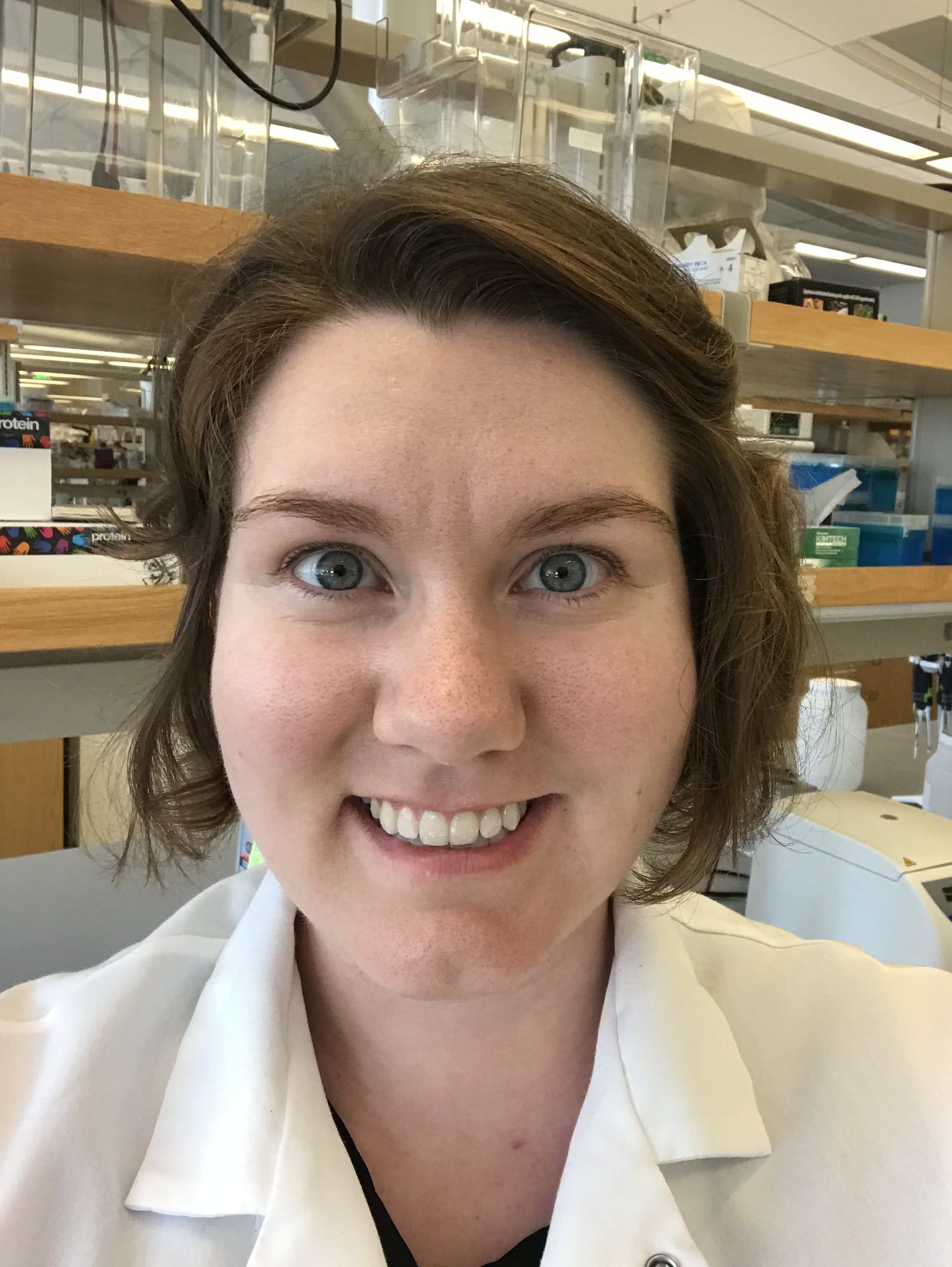
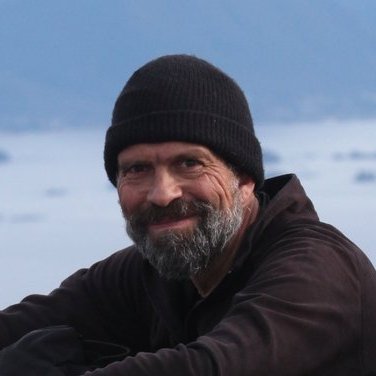



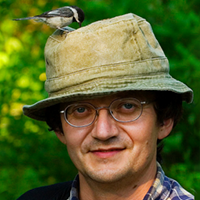
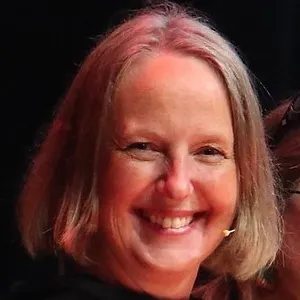
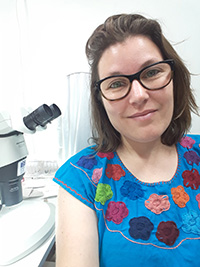
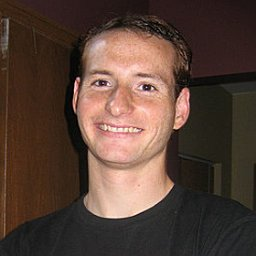
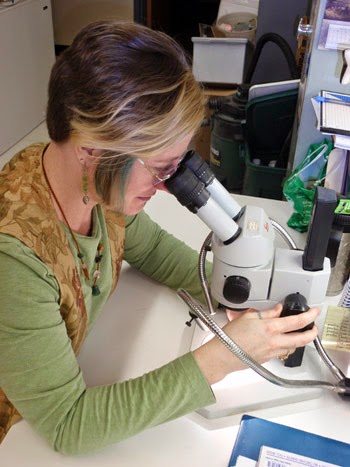
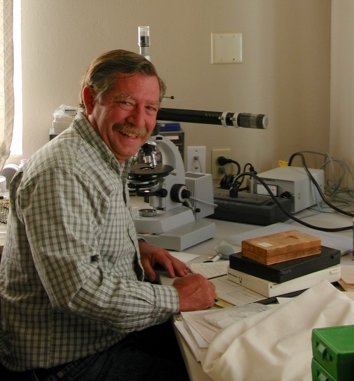
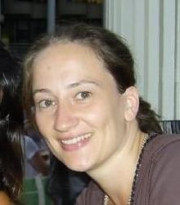
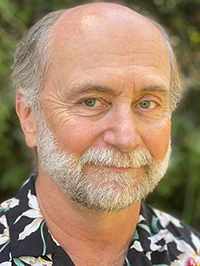
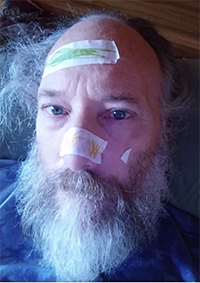

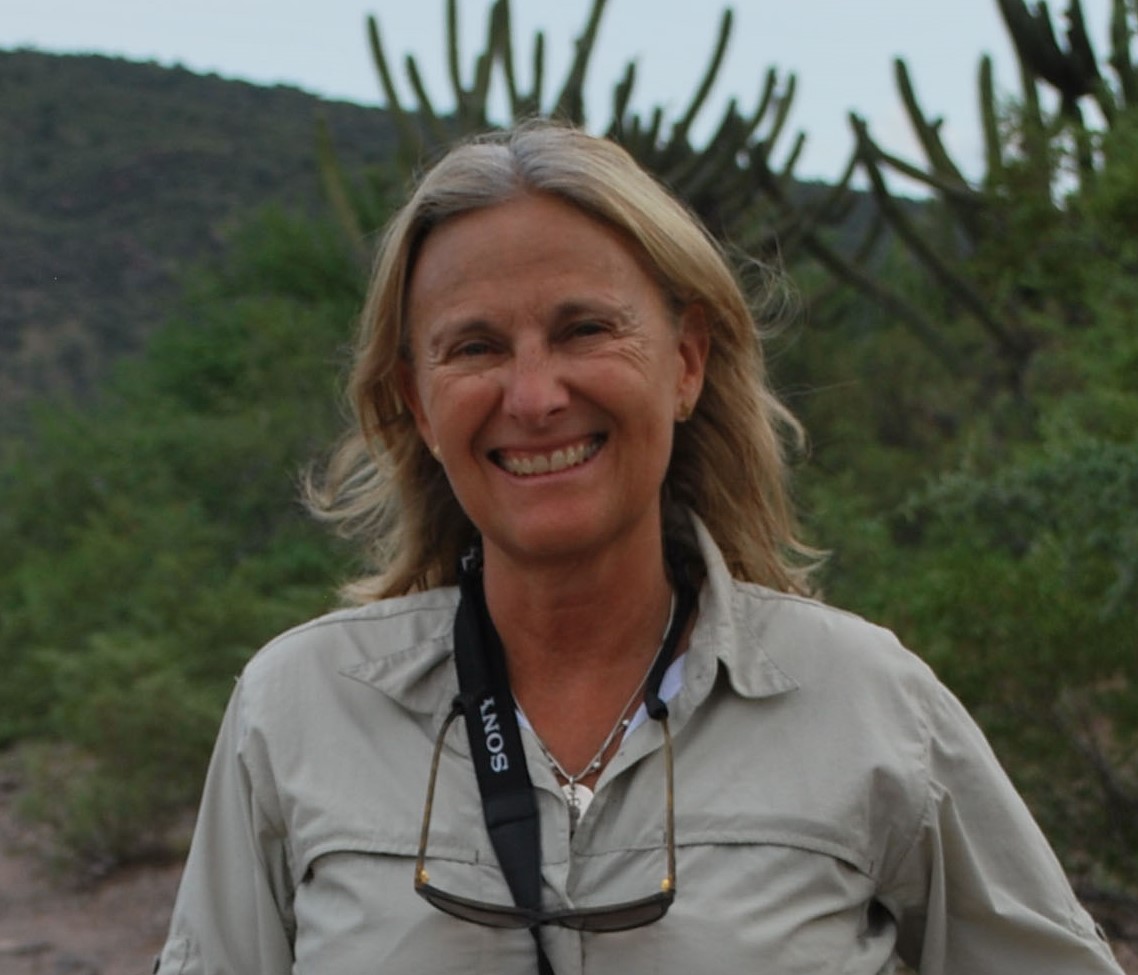
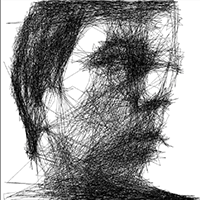
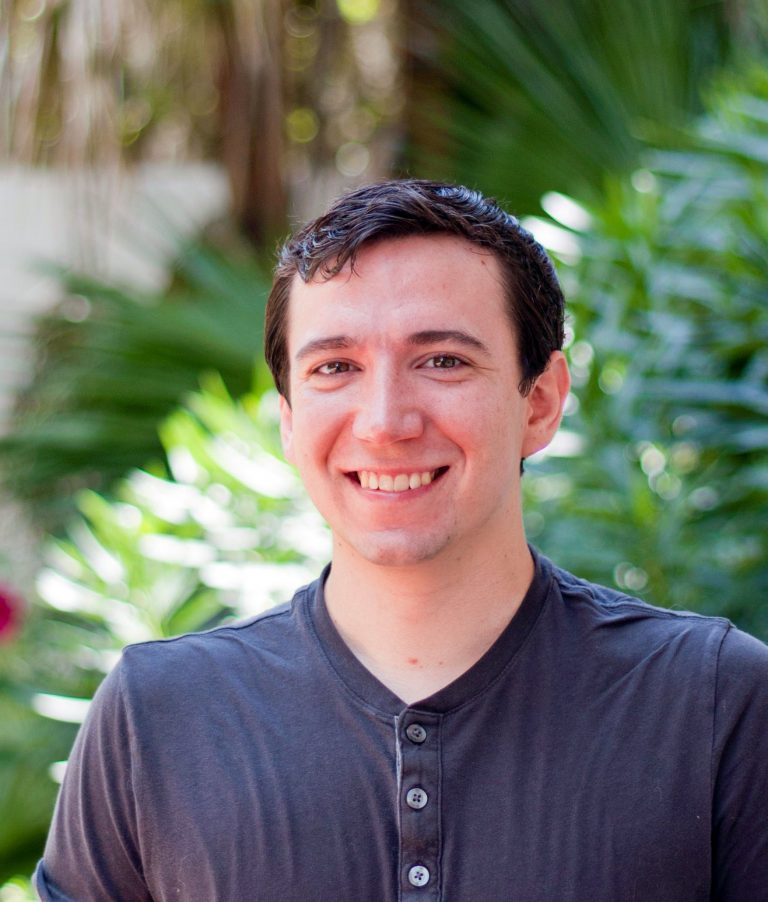

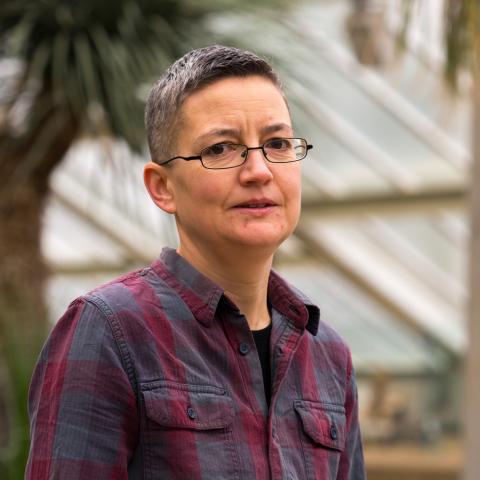

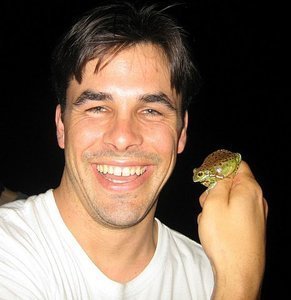

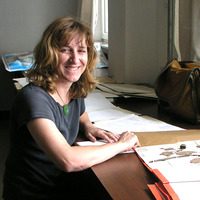
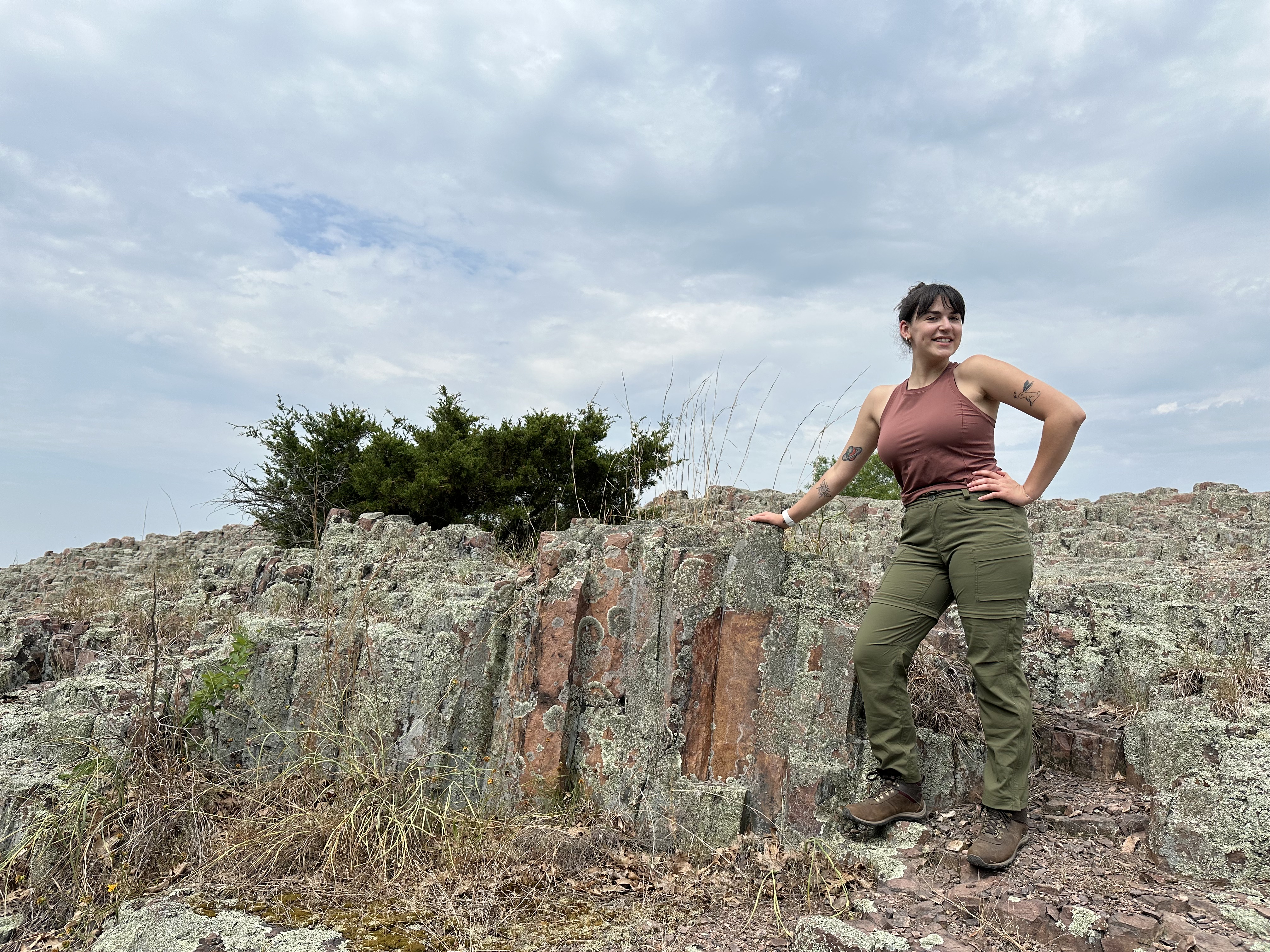
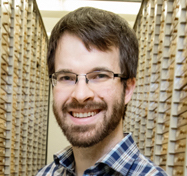
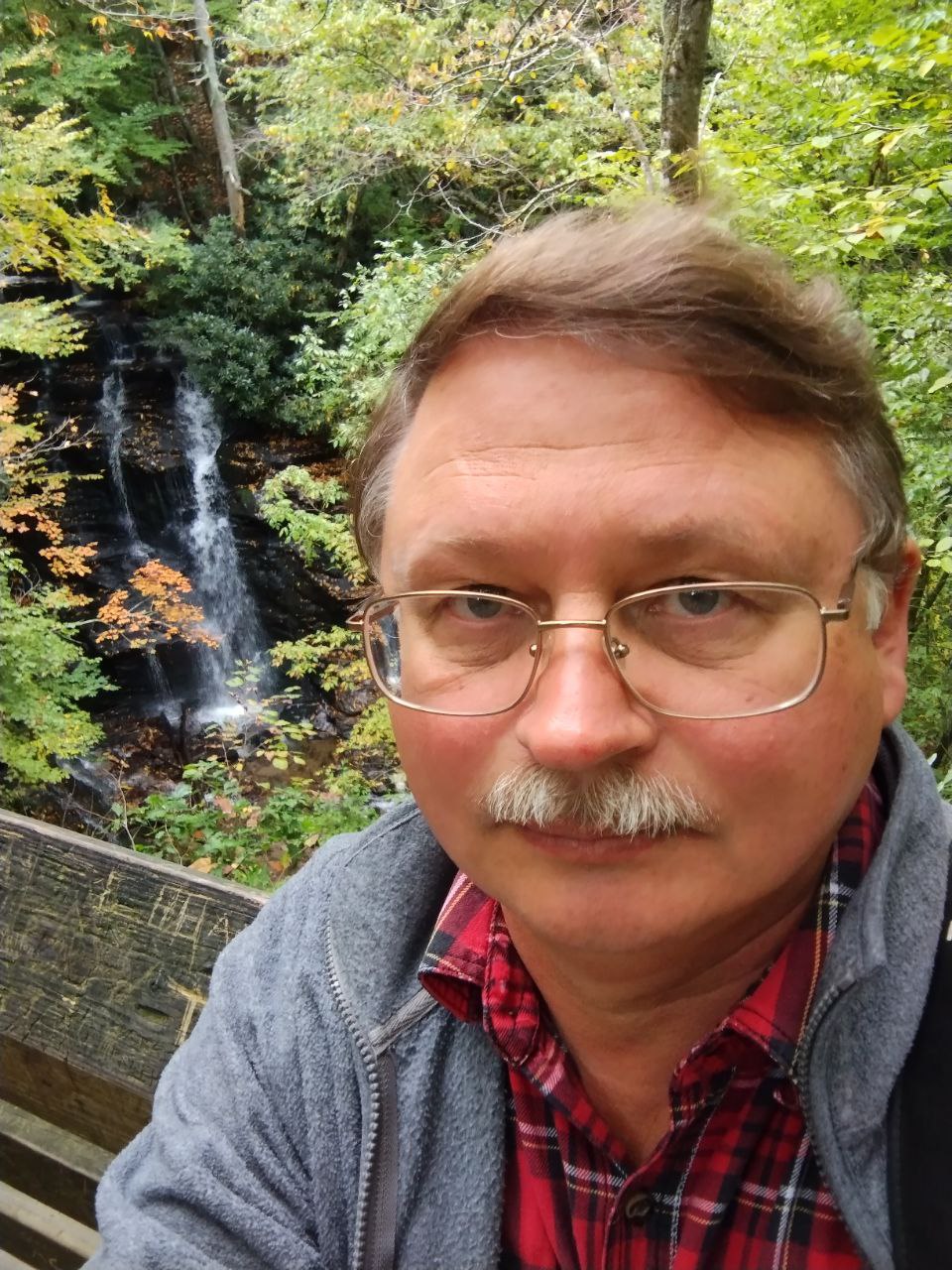
Schedule
All events will have question / answer / discussion time.
October 24th - In practice - Current use of TaxonWorks with an eye to the future
Time expressed in your local timezone (America/Buenos Aires)Logistics
- Deborah Paul
Welcome and overview
- Deborah Paul
The weeks topics, an invitation to present and participate. Forums for participation. Meeting norms.
Participants poll and time for questions
- Deborah Paul
Share a little about what brings you and your fellow participants to TaxonWorks together. Emphasize what you want to take away from TWT.
Symposium - Voices from TaxonWorks Projects - I
Insects and their names! Hyper-diverse taxa. New portals. BBQs.
🎞️ Video

 Davide Dal PosAssembling the World Ichneumonidae Database: navigating challenges, achieving milestones, and fostering community
Davide Dal PosAssembling the World Ichneumonidae Database: navigating challenges, achieving milestones, and fostering community
☕ BREAK
Symposium - The Future of Species Description
Producing taxonomic descriptions: technology, inventories, integration, AI use. Extended specimen tools for Collections and Taxonomists. How far does the specimen extend?
 Matt YoderSetting the stage for the conversation
Matt YoderSetting the stage for the conversation

 Rudolf MeierFaunistics 2.0: Rapid species discovery, delimitation, description, and identification with robotics, Nanopore sequencing, and machine learning
Rudolf MeierFaunistics 2.0: Rapid species discovery, delimitation, description, and identification with robotics, Nanopore sequencing, and machine learning
Discussion
- Deborah Paul
Your ideas on the future.
☕ BREAK
3 minutes, 1 slide - I
- Deborah Paul
Your topic, your theme, your work.
A Conversation with iNaturalist
 Scott Loarie
Scott Loarie
Taxon frameworks. Gaps. Collaborative editing. Distributing challenges. Awareness. Building community. Bridging expertise.
Unconference I
Topics selected, proposed and prioritized by you, with a little guidance from the organizers. Parallel sessions possible. A chance for in-depth conversations here.
End
October 25th - IRL (In Real Life) - The Latest from TaxonWorks the and Species File Group
Time expressed in your local timezone (America/Buenos Aires)Welcome
- Deborah Paul
 Matt Yoder
Matt Yoder
Past day's review. this day, an invitation to present and participate. Forums for participation. Meeting norms.
The latest from TaxonWorks
 Matt Yoder
Matt Yoder Dmitry Dmitriev
Dmitry Dmitriev
Quick highlights and demonstrations and Q/A on the new unified filters, biological associations, catalogs, maps, and more
Symposium - Perspectives on taxon pages
See also our Late-nite session with Ely Wallis later on "today". It used to be that everyone wanted their own website with taxon pages, do they still? Just what is a taxon page? Who do they reach and serve? How should they evolve? What impact will AI have on them? How long should the last? What should they look like? What do past efforts tell us? What are the needs of young researchers?


 José Luis PereiraIntroducing TaxonPages: An Open-Source Companion for TaxonWorks and Related Software
José Luis PereiraIntroducing TaxonPages: An Open-Source Companion for TaxonWorks and Related Software
☕ BREAK
Symposium - Close companions: More from the Species File Group
Do more with your biodiversity data with tools and tricks from the Species File Group and their collaborators. Get insights on how the SFG facilitates biodiversity informatics research with their collaborators.

 Dmitry DmitrievSFG's Technical Process of Accessioning Legacy Biodiversity Data into TaxonWorks
Dmitry DmitrievSFG's Technical Process of Accessioning Legacy Biodiversity Data into TaxonWorks
☕ BREAK
TaxonWorks - What's next
 Matt Yoder
Matt Yoder- Deborah Paul
Summarizing the themes behind the short (year) and mid-term (3 year) goals that are on TaxonWork's radar. Anticipated additions to its data-models (e.g. field-occurrences, sounds, traditional keys, anatomical parts), user-interfaces and API. A discussion of prioritization.
3 minutes, 1 slide - II
Your topic, your theme, your work.
 Brooke Long-FoxMaking TaxonWorks Character Observations FAIR through MorphoBank
Brooke Long-FoxMaking TaxonWorks Character Observations FAIR through MorphoBank
Unconference II
Topics selected, proposed and prioritized by you, with a little guidance from the organizers. Parallel sessions possible. A chance for in-depth conversations here.
☕ BREAK
Taxon Pages: Perspectives from the Atlas of Living Australia
 Elycia Wallis
Elycia Wallis
Continuing the earlier session. We start again with a talk from the current chair of Biodiversity Information Standards (TDWG), Ely Wallis. She brings us the latest on thinking about the evolution of Taxon Pages from the Atlas of Living Australia. Time for your insights and discussion here.
End
October 26th - Patterns and Connections
Time expressed in your local timezone (America/Buenos Aires)Welcome
- Deborah Paul
 Matt Yoder
Matt Yoder
Past day's review. This day. An invitation to present and participate. Forums for participation. Meeting norms.
Symposium - The evolving landscape of biodiversity informatics: bringing actionable practices and tools to practitioners
Notebooks. RCC-5. The Extended Specimen, and its citations.
🎞️ Video Matt YoderWelcome
Matt YoderWelcome Nicky NicolsonWith colleague Eve Lucas, Nicky Nicolson talks about creating communities and research workflows with an extensible notebook for open science on specimens
Nicky NicolsonWith colleague Eve Lucas, Nicky Nicolson talks about creating communities and research workflows with an extensible notebook for open science on specimens Campbell WebbUsing TaxonWorks to document and align taxonomic concepts in Ephedra. Co-authored with Stefanie Ickert-Bond. Recording taxonomic concepts (the particular meaning of a taxonomic name by an author in a publication), and relationships among taxonomic concepts, offers users of species descriptions more refined information than does standard synonymy. Various software applications have been created to facilitate the management of taxonomic concept data, but none is currently integrated into a comprehensive taxonomic data platform except for TaxonWorks; this capability was added in May 2023 (release 0.33.0). We will demonstrate the process of taxonomic concept mapping, or alignment, in TaxonWorks using preliminary monographic data for the plant genus Ephedra.
Campbell WebbUsing TaxonWorks to document and align taxonomic concepts in Ephedra. Co-authored with Stefanie Ickert-Bond. Recording taxonomic concepts (the particular meaning of a taxonomic name by an author in a publication), and relationships among taxonomic concepts, offers users of species descriptions more refined information than does standard synonymy. Various software applications have been created to facilitate the management of taxonomic concept data, but none is currently integrated into a comprehensive taxonomic data platform except for TaxonWorks; this capability was added in May 2023 (release 0.33.0). We will demonstrate the process of taxonomic concept mapping, or alignment, in TaxonWorks using preliminary monographic data for the plant genus Ephedra. Michael ElliottUsing ChatGPT with Confidence for Biodiversity-Related Information Tasks. Abstract: Emerging AI services like ChatGPT can provide us with information on nearly any topic, but sometimes make mistakes. This sporadic unreliability limits the usability of AI in scientific workflows. We propose a method for gauging confidence in AI outputs. In an experiment using ChatGPT to predict species occurrences, we show that a desired reliability can be reached by only trusting high-confidence predictions.
Michael ElliottUsing ChatGPT with Confidence for Biodiversity-Related Information Tasks. Abstract: Emerging AI services like ChatGPT can provide us with information on nearly any topic, but sometimes make mistakes. This sporadic unreliability limits the usability of AI in scientific workflows. We propose a method for gauging confidence in AI outputs. In an experiment using ChatGPT to predict species occurrences, we show that a desired reliability can be reached by only trusting high-confidence predictions. Tommy McElrathHow quickly can new accessions generate citations of a collection? Abstract: How can you make sure that the impact of your collection or your specimens are actually measured? New digital infrastructure has made it so that hypothetically, anyone can collect, digitize, and upload a digital specimen to an aggregator for that specimen to be used to answer many different scientific questions. In this talk, I will examine what tools make this possible, but also where this process breaks down, and in doing so, examine what specimens are currently making the most "impact" at the INHS Insect Collection.
Tommy McElrathHow quickly can new accessions generate citations of a collection? Abstract: How can you make sure that the impact of your collection or your specimens are actually measured? New digital infrastructure has made it so that hypothetically, anyone can collect, digitize, and upload a digital specimen to an aggregator for that specimen to be used to answer many different scientific questions. In this talk, I will examine what tools make this possible, but also where this process breaks down, and in doing so, examine what specimens are currently making the most "impact" at the INHS Insect Collection.
☕ BREAK
Symposium - Geo-fencing the Earth's biodiversity in space and time
Geo-fencing is the creation of virtual boundaries with corresponding real-world areas (definition sensu Wikipedia). Hear examples of some refined tools and practices (e.g. in georeferencing) and models (geo-fencing in time) leading to a discussion of the challenges (grand ones?) we face when attempting to record the distribution of the Earth's biodiversity.
 Matt YoderWelcome, challenges
Matt YoderWelcome, challenges Arnald MarcerGeoPick is a new open source online companion tool to the Georeferencing Best Practices (Chapman A.D. and Wieczorek J.R.). It is meant to provide georeferencers with a simple, easy-to-use yet powerful tool which adheres to best georeferencing practices and data standards (i.e., Darwin Core).
Arnald MarcerGeoPick is a new open source online companion tool to the Georeferencing Best Practices (Chapman A.D. and Wieczorek J.R.). It is meant to provide georeferencers with a simple, easy-to-use yet powerful tool which adheres to best georeferencing practices and data standards (i.e., Darwin Core).
 John WieczorekThe BELS Georeference Matcher. "Has someone else already georeferenced this location? I'd really like to reuse it if it is well done." Well, now you can check and assess for yourself using the BELS Georeference Matcher.
John WieczorekThe BELS Georeference Matcher. "Has someone else already georeferenced this location? I'd really like to reuse it if it is well done." Well, now you can check and assess for yourself using the BELS Georeference Matcher. Susan EdelsteinKeeping track of when, through deep time. Semantic Mapping of the Geologic Time Scale: A temporal reference - This presentation addresses the procedure of mapping values to a controlled vocabulary through the lens of the ICS Chronostratigraphic Timescale and the importance of consistency when altering a set of data. Beginning with the discussion of the specified application, we will then approach the topic of wide-scale reproduction of this mapping procedure in an attempt to incorporate it in datasets beyond the field of chronostratigraphy by identifying the core rules of mapping to a controlled vocabulary.
Susan EdelsteinKeeping track of when, through deep time. Semantic Mapping of the Geologic Time Scale: A temporal reference - This presentation addresses the procedure of mapping values to a controlled vocabulary through the lens of the ICS Chronostratigraphic Timescale and the importance of consistency when altering a set of data. Beginning with the discussion of the specified application, we will then approach the topic of wide-scale reproduction of this mapping procedure in an attempt to incorporate it in datasets beyond the field of chronostratigraphy by identifying the core rules of mapping to a controlled vocabulary.- EveryoneDiscussion. Integration. Next level challenges?
Symposium - Voices from TaxonWorks Projects - II
More insects, many more names. Sharing data (and teaching, learning) among a community of users (sources, people, names).
🎞️ Video

- Andrew Johnston and Kojun KandaTBD: Beetle Nomenclature - alignment and desired evolution of a TaxonWorks resource
☕ BREAK
SFG Business Meeting
 Matt Yoder
Matt Yoder
The SFG collaborates with a lot of people. A review of expectations and norms, a report on sustainabilty and where we're at. Your chance as a collaborator (or would-be collaborator) to ask the tough questions of the SFG and its resources.
3 minutes, 1 slide - III
- Deborah Paul
Your topic, your theme, your work.
Making and sharing desktop-based videos
 Carly Rospert
Carly Rospert- Everyone!
From Senckenberg, Carly shares her expertise, then we jump into a collective exercise in figuring out how to record, edit, and share short videos. Think TikTok for TaxonWorks, or your lab's bugs, or your favourite software. Bring your knowledge and how-to and let's see what we can get done in a short time.
Finding Taxon Names Using Global Names Tools in OpenRefine
 Amanda Whitmire
Amanda Whitmire
See how to link the power of OpenRefine with GlobalNames to do things like refine taxon name lists, find synonyms, and more.
Unconference III
Topics selected, proposed and prioritized by you, with a little guidance from the organizers. Parallel sessions possible. A chance for in-depth conversations here.
END of TaxonWorks Together 2023
Contact
Send email to dlpaulillinoisedu or chat (Matrix/Element or Slack, both rooms are linked) with a member of the Species File Group.